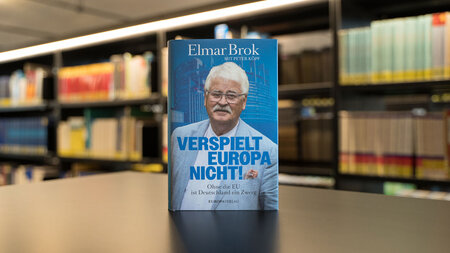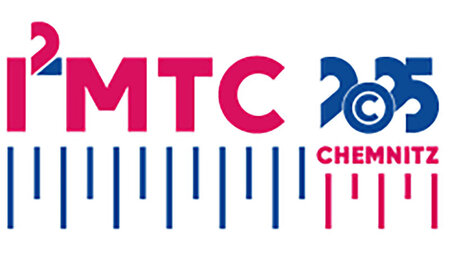Topics for student work
Possible Bachelor and Master theses can be assigned according topics in the following fields or concrete suggested topics below. If interested, please contact us by phone or email or simply visit us.
For the development of new semiconductor materials and devices a simulation of the optical properties is useful in many ways: For the estimation of the (scientific and economic) potential of a material, for the optimization of the structural parameters, for the detection of loss processes etc. Basic requirement of such simulations is a parameter-free theory, which is not dependant on parameters and thus constant experimental input. Therefore, only numerically very complex and elaborate methods are applicable, e.g. many-particle theories or multi scale simulations. Parameters of semi empiric methods can therefore be extracted from ab initio calculations of microscopis systems to perform macroscopic simulations. Using such a theoryinteresting predictions can be made, as we have lastly shown by the example of bismides and antimonides. The work takes place in close co-operation with experimental groups.
Lasers are becoming more important within many areas of the everyday life, e.g. telecommunications and the medicine. Theoretically they are however often described with very simple models, which presuppose an equilibrium distribution of the charge carriers in the semiconductor laser, for example due to the high density and fast scattering. This approximation is particularly doubtful for lasers with very high output, however is mostly usually used for numerical reasons. A modeling of the full dynamics of the charge carriers requires a high computational effort, is however quite possible on modern computer systems and shows interesting effects, such as a possible optimization of laser systems in terms of performance or speed by variation of the shape of the stimulating pulse.
Phoxonic crystals are meta materials with spatial periodic varying material properties. Analogous to crystal lattices of solids from condensed matter physics, the phenomenon of allowed and forbidden energy regions occurs — but not for electrons, but for phonons resp. photons. For phononic crystals the density varies spatially periodic, whereby the propagation of acoustic waves can be manipulated by different ways. Because of its special properties, photonic crystals promise numerous applications like acoustic mirrors, noise and vibration insulation, reduction of group velocity of sound waves up to influencing the thermal properties at nanometer scales by manipulating lattice vibrations. Photonic crystals show a spatially periodic varying refractive index. They are able to significantly influence the propagation of electromagnetic waves. The fact that amorphous photonic crystals are — in contrast to ordered structures — not angle dependent in their reflection properties, nakes them especially interesting for the production of structural colours. As anti-reflective coating they additionally enable the efficiency increase of solar cells.
Current suggested topics for Bachelor- and Master theses
Besides the general topics we offer some specific suggestions for Bachelor- and Master theses as well.
Simulase is a software tool for modelling optical spectra of semiconductor materials, which stand out cause of the consideration of full many-body interactions. Within this work, first, the relevant euqations of motion has to be understood. Second, the material properties of a standard AlInGaAsP structure has to be optimized concerning a laser application.
Ramanscattering is based on inelastic interaction of incoming light with lattice vibrations, also called phonons. Because this process is relative unlikely, a meassurement of scattering at single atoms or molecules can only be achieved by focused gain of the signal, e.g. by micro antennas. The impact of such metal structures on the electric field has to be calculated using the software package Comsol and interpreted using the results of experimental spectra.
Morphology properties and electric fields have strong influence on the charge carrier mobility and thus on the efficiency of organic solar cells. For their description, a transport model based on the master equation has to be developed and implemented. Using of Monte Carlo simulations, the charge carrier mobility has to be studied in dependence on morphology and electric field.
Simulation of charge carrier motion through bulk hetero junctions in organic solar cells
In reality, however, it is never possible to produce a perfect structure. The role of disorder on finite two-dimensional photonic structures will be investigated, e.g. what influence surface roughness or shape deviations of the constituents and partial displacements at the edges or the surface of the structure have on the photonic properties. In addition, material impurities within the constituents and the dispersion medium should also be taken into account.
In the phenomenon of peripheral drift illusion, a stationary image appears to move or rotate, especially in peripheral vision. First, the literature on this topic has to be be reviewed and summarised [A. Kitaoka, H. Ashida, Vision 15 (4), 261 (2003)]. Based on these findings, a picture illustrating the phenomenon will be drawn up. Finally, surveys will be conducted to determine the extent to which the desired effect has been achieved by other people.
Contact for further information
Prof. Dr. Angela Thränhardt
Room: P307
EMail: angela.thraenhardt@…
Tel.: 37636





